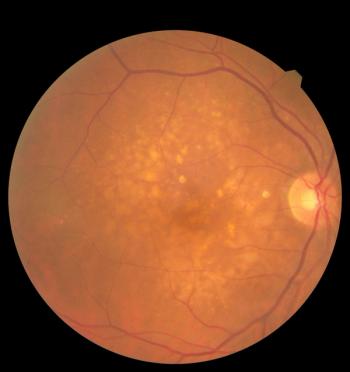
5 Alarming Facts About STDs
As STD Awareness Month wraps up, pharmacists should encourage patients to do the same.
As STD Awareness Month wraps up, pharmacists should encourage patients to do the same.
The most recent statistics from the CDC show that chlamydia, gonorrhea, and syphilis are
Pharmacists’ close and frequent contact with patients makes them ideal candidates to provide education and counseling about sexually transmitted diseases (STD).
Here are some alarming facts that pharmacists can share with their patients, which may encourage them to practice safe sex:
1. You can get STDs in your eyes.
If semen infected with gonorrhea or chlamydia gets into a patient’s eye, the eye tissue may become infected.
The recommended treatment for ophthalmologic manifestations of chlamydia is a 3- to 6-week regimen of oral tetracycline, oral doxycycline, or oral erythromycin. Treatment should be simultaneous for both partners in order to eliminate the risk of reinfection, and both individuals must
2. STDs cost everyone a lot of money.
New estimates show that there are about 20 million new sexually transmitted infections in the United States each year, costing the American health care system nearly $16 billion in direct medical costs alone, according to the CDC.
Pharmacists can tell patients that wearing a condom and getting tested can save their fellow citizens valuable tax dollars.
3. You can get STDs from tattoo ink or piercings.
Sex isn’t the only way to contract an STD. Certain strains of hepatitis, HIV, and any other blood-borne disease can be transferred if the equipment used to perform the tattoo or piercing procedure isn’t sterilized.
Pharmacists
4. Some STDs are silent reproductive assailants.
Certain STDs like chlamydia are often asymptomatic. If left untreated, they can seriously jeopardize the reproductive system.
Chlamydia, for example, can jeopardize a woman’s chance of getting pregnant if left untreated. The infection may also affect the uterus and fallopian tubes, or cause
5. HIV isn’t the only incurable STD.
Most individuals know that
However, they be managed with appropriate treatment.
Newsletter
Stay informed on drug updates, treatment guidelines, and pharmacy practice trends—subscribe to Pharmacy Times for weekly clinical insights.










































































































































































































